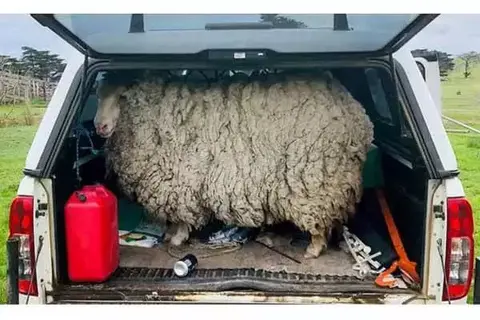The Ant Carousel: Why Do Insects Go In Circles?
Murphy ScottWhy do insects go in circles until they are completely exhausted? Our world is amazing, and scientists are constantly discovering new phenomena of the animal world. One such phenomenon is the ant circle or ants’ carousel. Once in it, the insects march for days until they are completely exhausted and dead. Why do ant circles appear and can they be stopped?
The Endless Loop
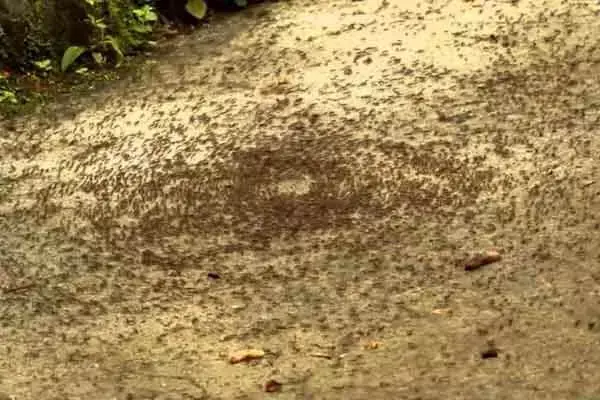
The movement of ants in circles is rarely seen in nature. More often than not, this abnormal behavior is exhibited by nomadic ants that live in Central and South America.
It begins with a small group of insects changing their direction of movement, shifting from a straight path into a circle. The ants are in a hurry, keeping up with each other, moving like fascinated, with new companions joining them.
The circle grows but does not stop. Only the death from the exhaustion of some or even all participants of this race can put an end to the spiral movement.
Back in 1910, the American scientist William Morton shared a description of an ant-spiral he had observed. Although more than 100 years have passed since then, scientists still do not have an exact explanation for the natural phenomenon.
In 1921, traveler William Beeb recorded the world’s largest death spiral. Its size is amazing: the diameter of the circle was 360 meters! To make one more turn, the ants took 2.5 hours.
The movement lasted two days and stopped only because most of the ants died. The rest were able to separate, take out the surviving insects, and escape.
Why do the insects behave so strangely?
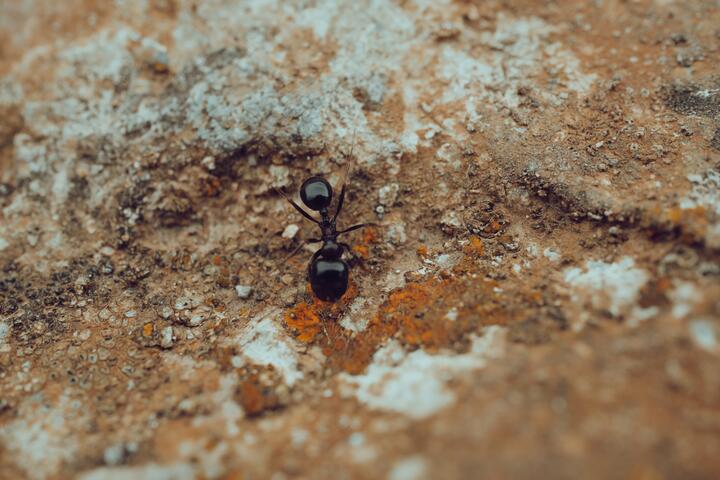 Photo by Sıla Toklu on pexels
Photo by Sıla Toklu on pexelsOne possible reason why ants walk in circles is because of their sense of smell. Moving in search of food, insects leave scent trails – pheromone tags. They help to navigate and follow their tribesmen.
According to scientists, ants can lose their way and walk past one mark several times, at the same time leaving new traces. By doing so, the insects only intensify the scent that guides them along the wrong path, but they keep moving anyway. And they do this until they drop dead of exhaustion.
For an ant to get out of the circle, it must either find a new “path” of scent or interrupt the old spiral. This can only be done from outside, so the insect has little chance of escape.
What other insects behave this way?
In 1944, zoopsychologist Theodore Schneirla gave a detailed description of the natural phenomenon. He called it a death carousel and noted that this behavior is inherent not only in ants but also in the larvae of the Silkworm Hiker butterfly
Silkworm Hiker
These butterflies are common in Eurasia and North Africa. Their caterpillars are very voracious. In search of food, they gather in large groups, line up in dense columns and move to new locations.
Ahead of them comes the leader caterpillar. She leaves a trail behind her, a silk thread. Orienting on it, move all the other caterpillars. If the leader goes astray, all the others also repeat the wrong route. If a circle is accidentally formed, then no one can break free of it. The caterpillars can move this way for several days.
Why do bugs walk in circles?
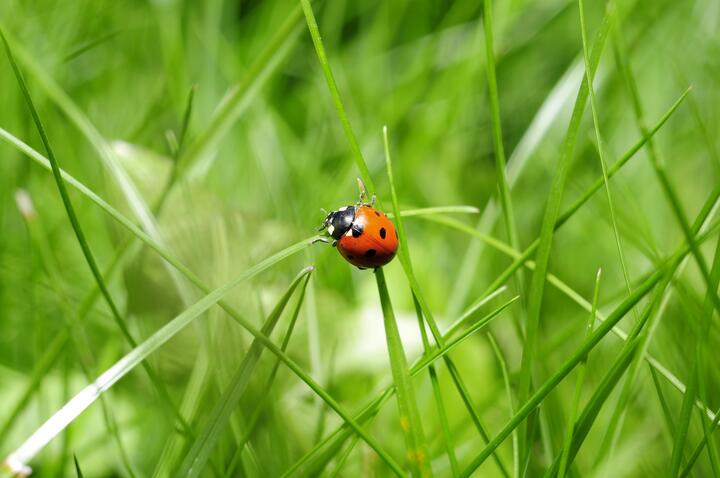 Photo by Pixabay on pexels
Photo by Pixabay on pexelsThere are many reasons why bugs walk in circles. They may be trying to avoid a certain object, such as a light, or they may be seeking food or water, and they are confused by the light. This article explains why insects may be walking in circles. Insects also tend to be attracted to light. If you notice a bug in your yard, you can look for a light source and try to lure it to it.
The pheromone trail that ants leave behind could lead them to a dead end. They may be walking in circles because they’ve followed the scent trail left behind by an ant in front of them. The ants may have been following the scent trail left by a neighboring ant, and it might be a way to protect themselves from predators. In addition to following the scent trail, ants may also be avoiding a dead end.
Ants are also known to walk in circles. The movement of the ants can be very long, taking two days. The surviving ants separated from the dead ones and ate them. This behavior might be a survival tactic, as ants can detect scent trails in a scent trail to follow it. Besides, the pheromone trails can help the ants communicate with each other, which in turn helps them find food.
 Image via wallpaperflare
Image via wallpaperflareIn one experiment, biologist Alex Wild recorded the largest death spiral in history, where a group of ants was able to make two turns in 2.5 hours. The movement continued for two days, and only a few ants remained alive. Those who survived got separated from the surviving ants and ate them. Scientists still do not know why ants walk in circles, but the results are intriguing and fascinating.
While it is unknown why ants circle objects, ants are known to be highly opportunistic, and they may be following a leader in a circle until it becomes too hard to move. They also may be following the scent trail of their neighbors. This behavior may be an evolutionary adaptation. In addition to this, a good example of a bug that walks in a circle is the ant found on a dinner plate. When ants are disturbed, they can be diverted to a location that has a scent that is similar to the object they are trying to avoid. The ants’ behavior is often a result of their fear of something and they will go around in circles to find it. However, the antbirds that follow the ants are not the only ones that get confused. It is the presence of antbird that causes the ant’s strange behavior.
Some bugs also walk in circles to avoid danger. The ants’ walking patterns are not entirely understood, but the ants’ movements are fast and highly agile. The ant’s zigzag motion is similar to a human’s zigzag. This movement is an indication of a heightened sense of awareness. They are able to scan the surroundings in order to find the most suitable food source.
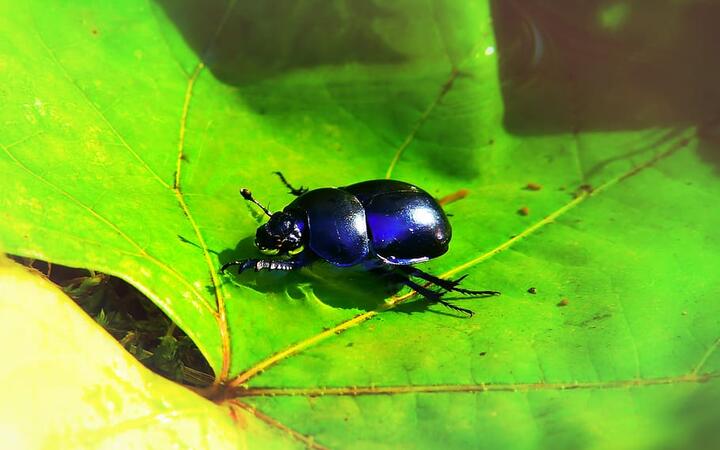 Image via Pxfuel
Image via PxfuelOther insects have a complex pattern of motion. Some insects walk in zigzag paths. Similarly, homing pigeons fly in a circle before returning to the nest. In addition, some insects use a phase-dependent control strategy to guide themselves to a visually defined target. This means that some ants can scan the surroundings and reorient their paths to a new area. The behavior of ants is a sign of their high sense of awareness. The whirligig beetle is a great example of a bug walking in circles on water. The beetle’s walking patterns are also a result of its ability to create waves. Researchers have studied how a wave is created and observed the difference between straight and circular objects. In a straight-line trajectory, it requires a minimum velocity to generate ripples. A circular trajectory can still produce ripples at lower speeds.
- DogsHow To Choose Dog Shoes For Walking?

- BirdsInteresting Facts About Great Blue HeronBy Nolan Foster
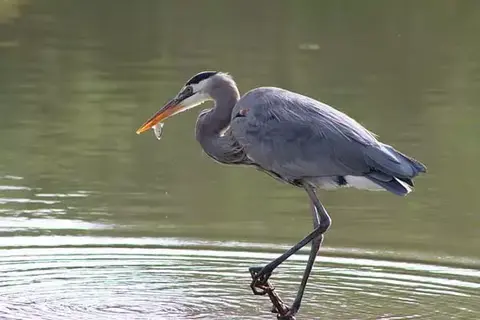
- DogsTips For Traveling On The Road With Your DogBy Amelia B

- BirdsFacts About Woodpeckers PeckingBy Amelia B
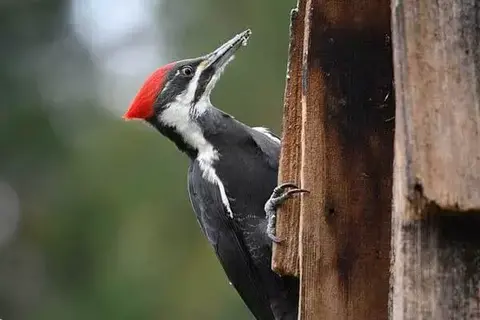
- RodentsHow Much Water Do Guinea Pigs Drink?By Camilo Walker
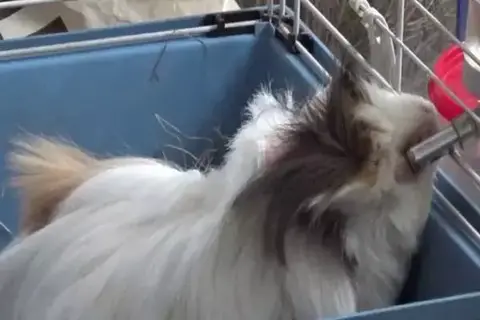
- RodentsWhat Do Lemmings Eat?By Amelia B
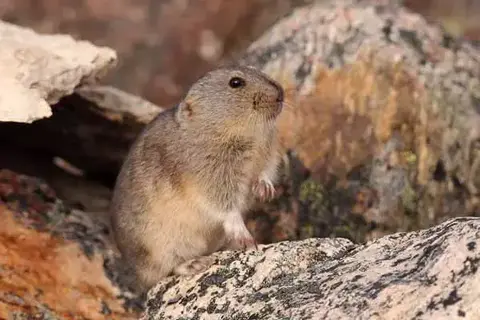
- RodentsCan Hamster Eat Cucumber?By Lucas Torres
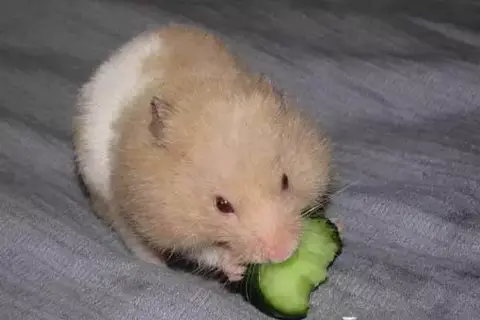
- BirdsCan Pelicans Fly?By Noah Young

- Wildlife50 Most Interesting Facts About FoxesBy Murphy Scott
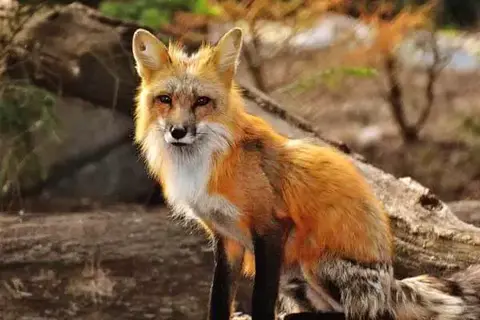
- LivestockThe Prodigal Sheep Returned To The Home Farm Seven Years LaterBy Amelia B
